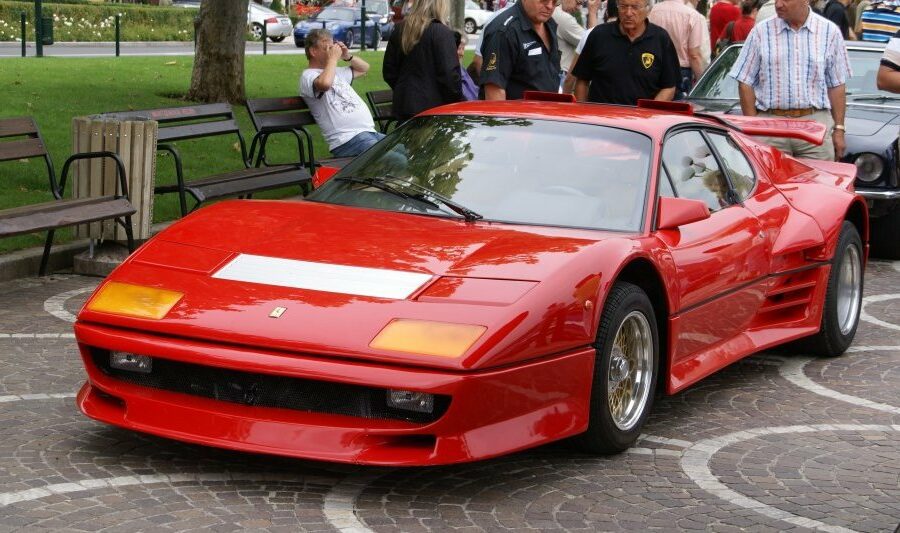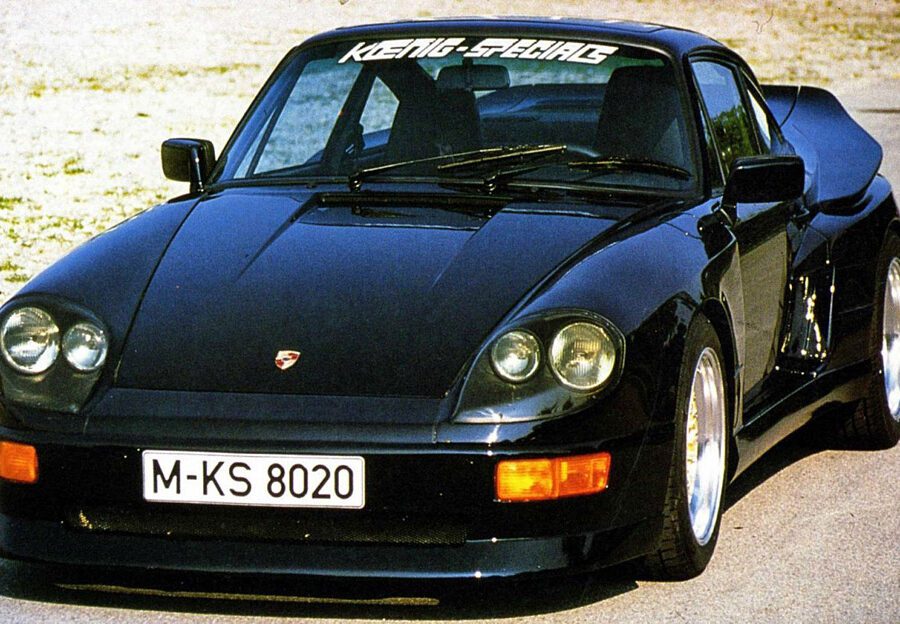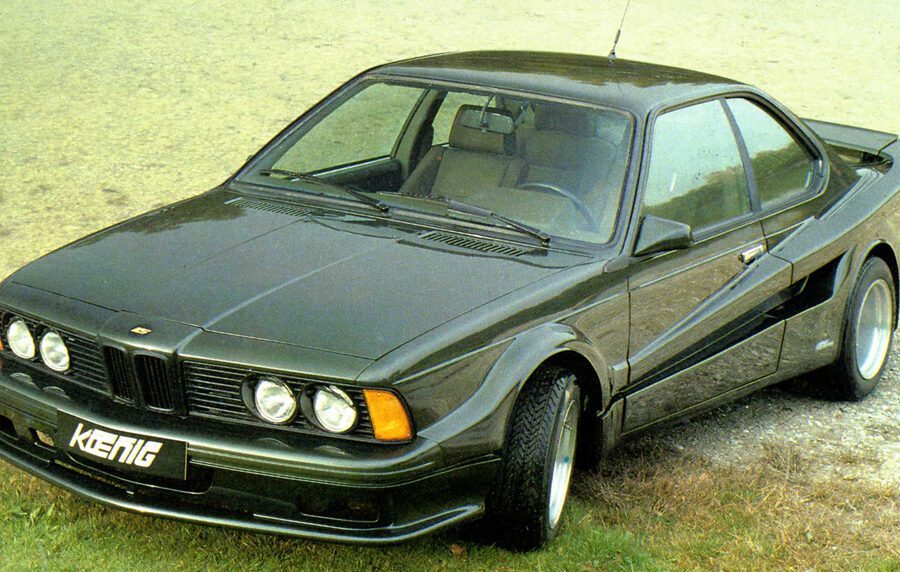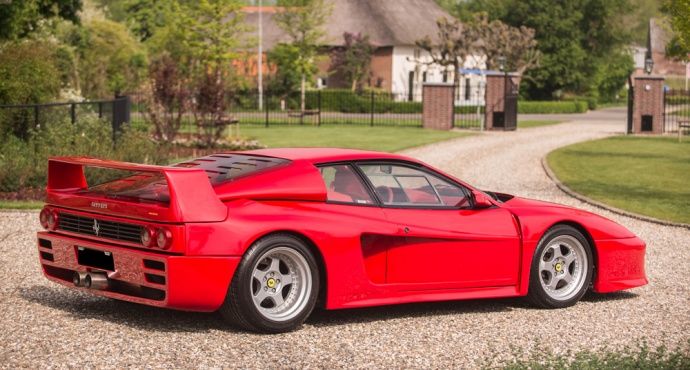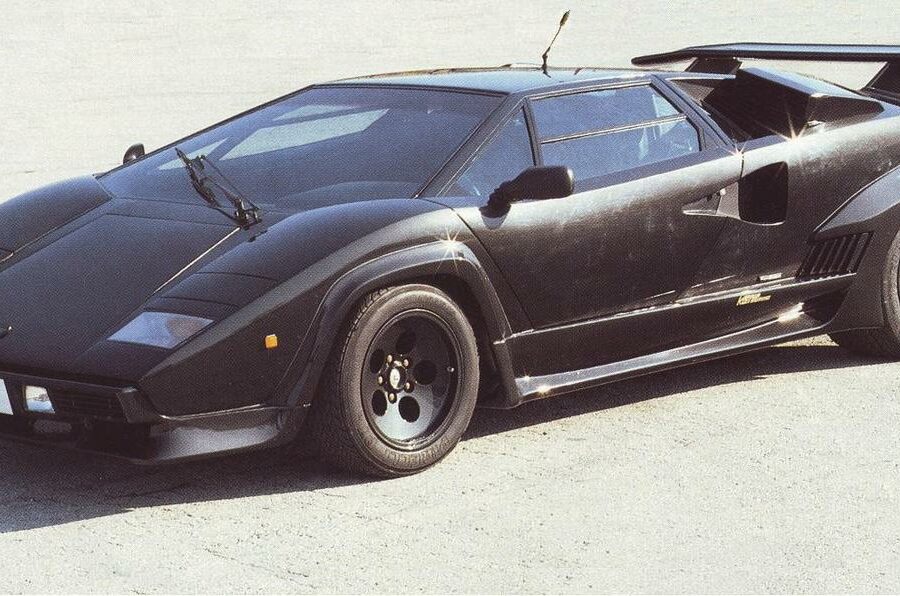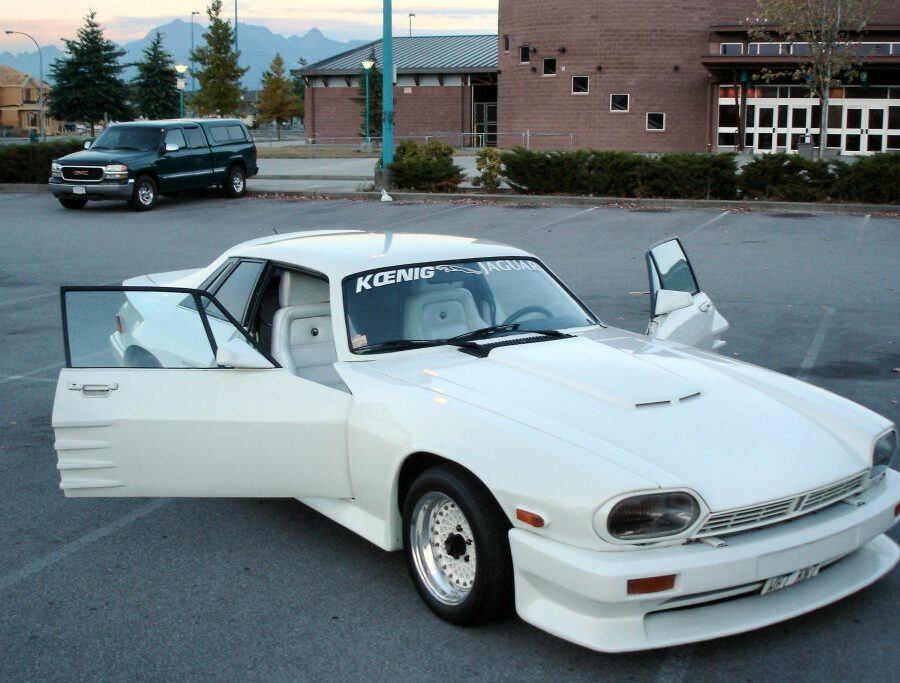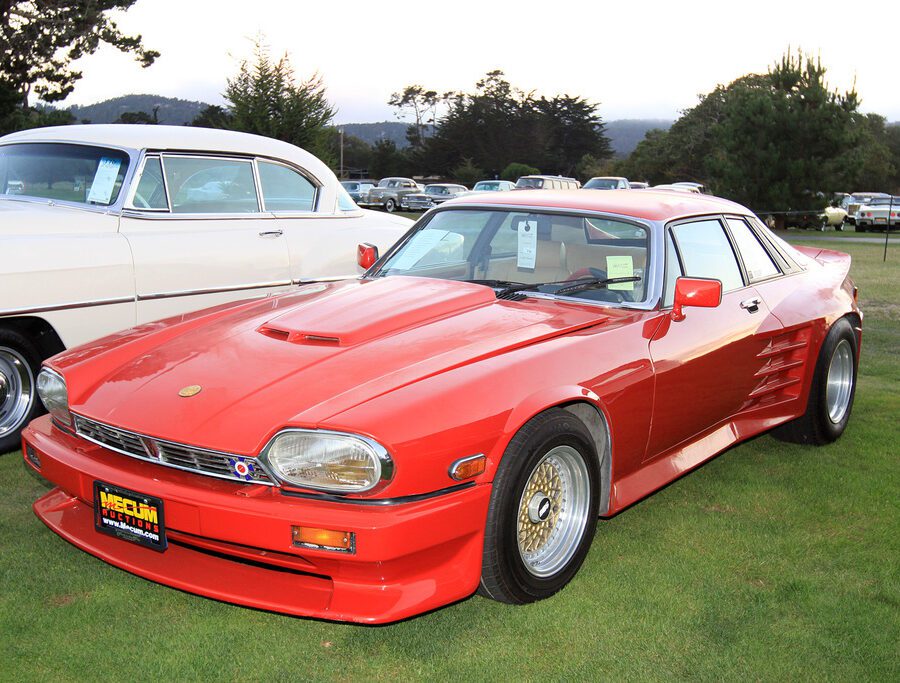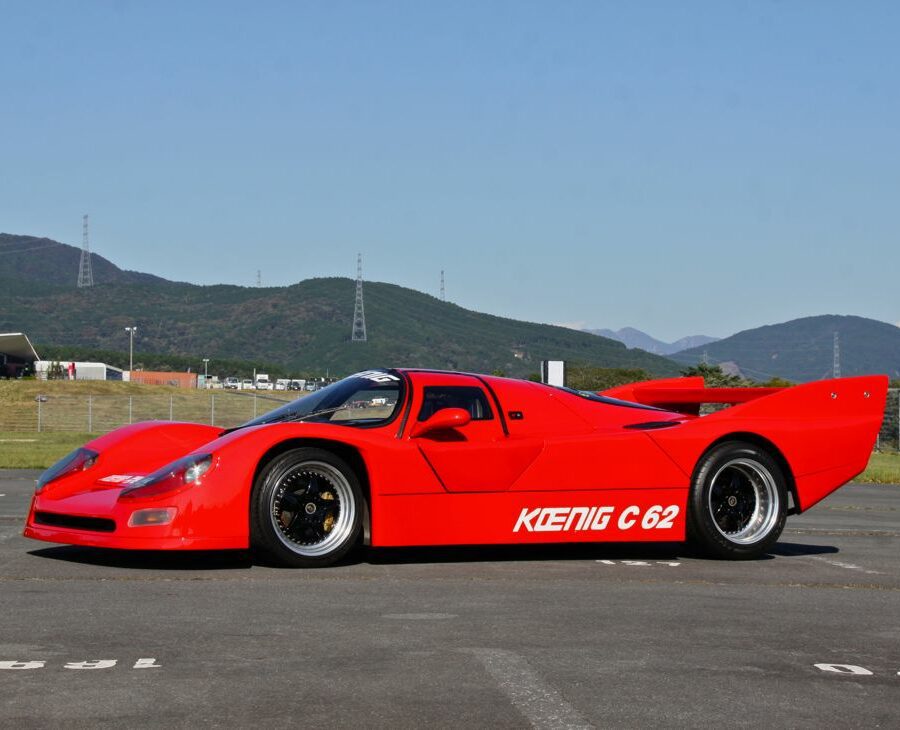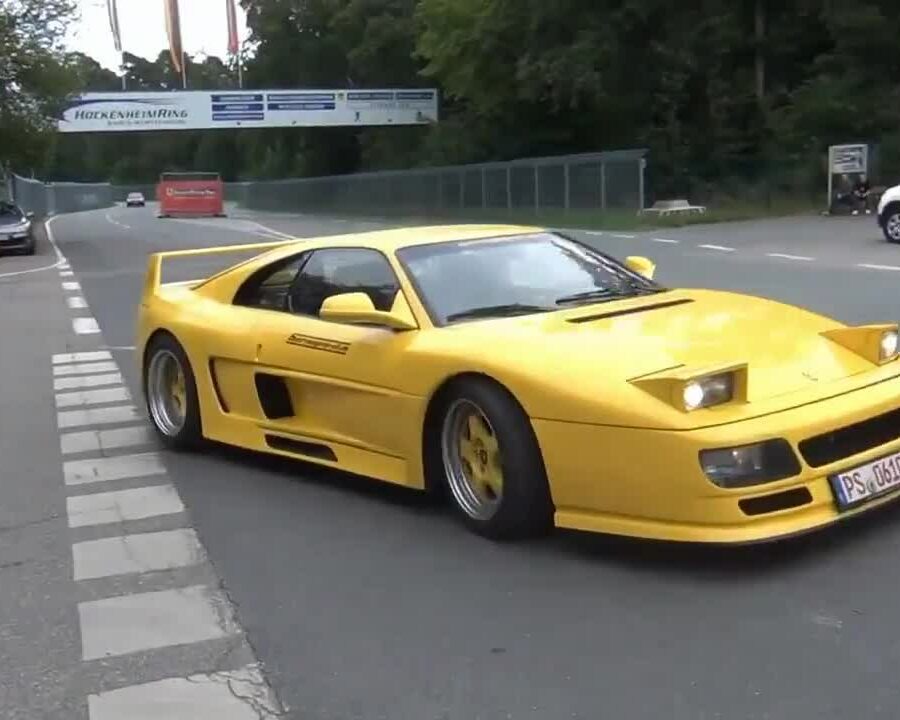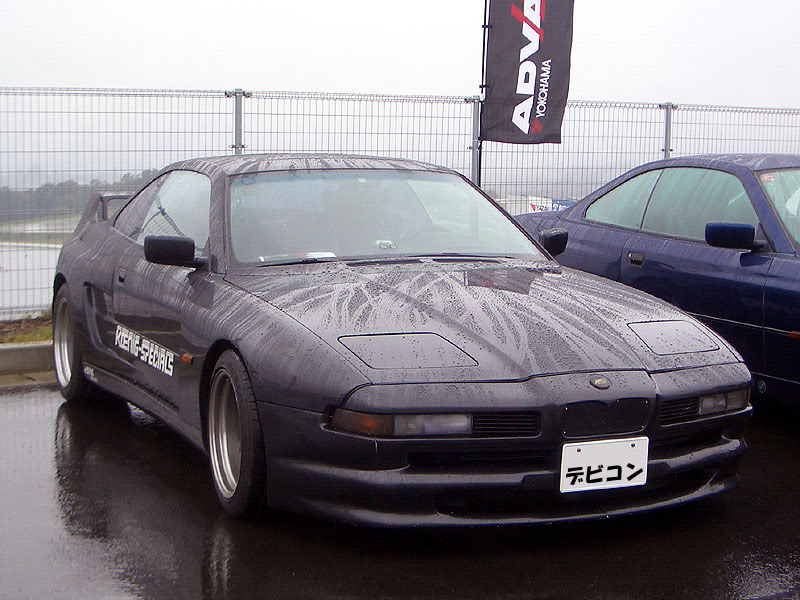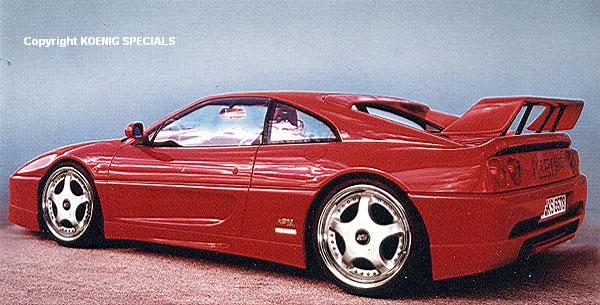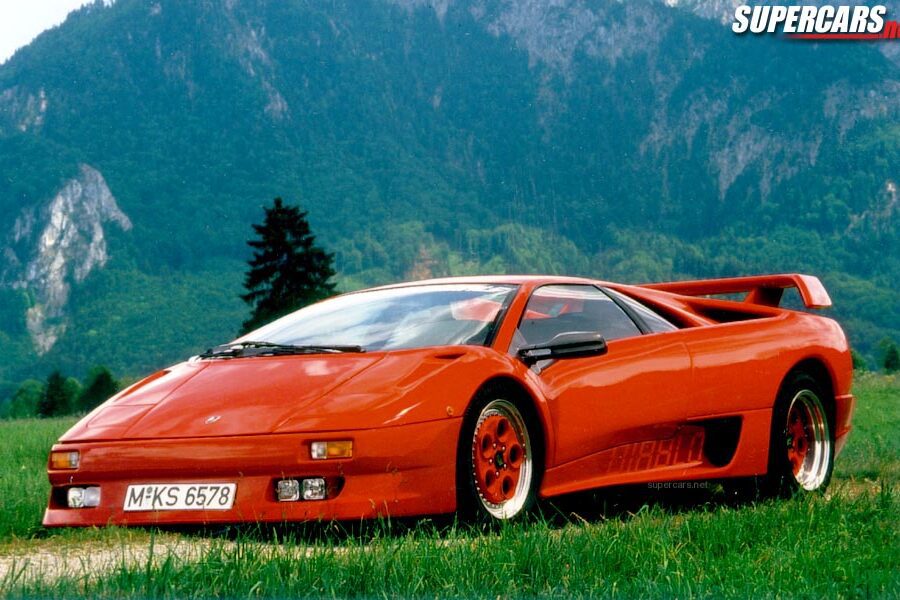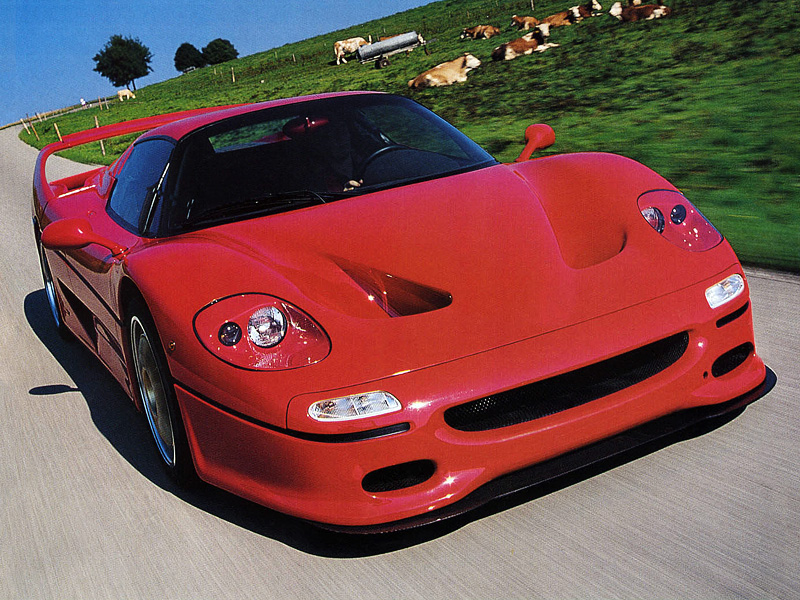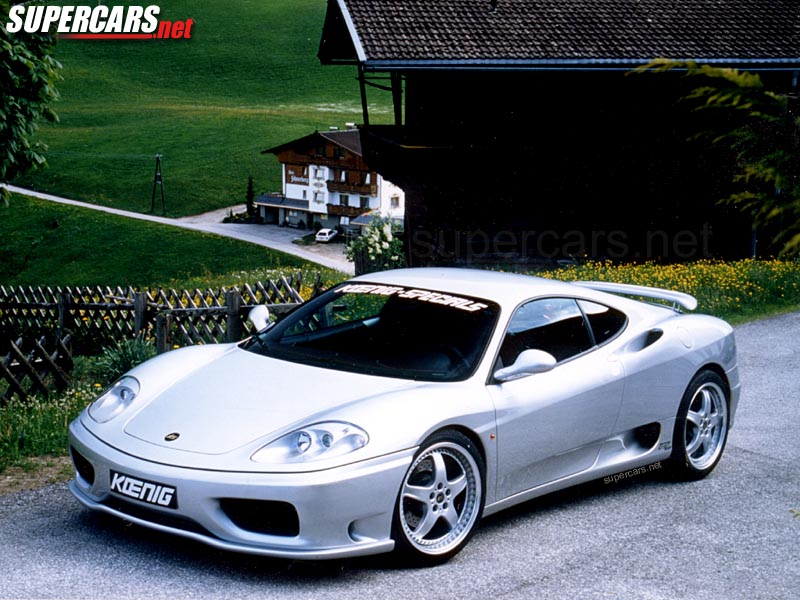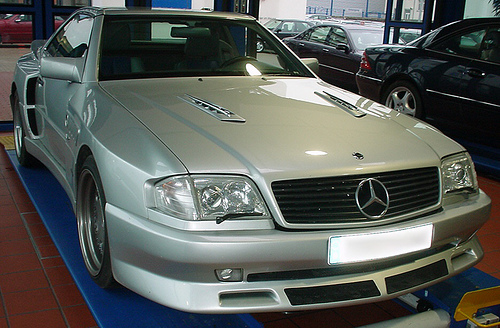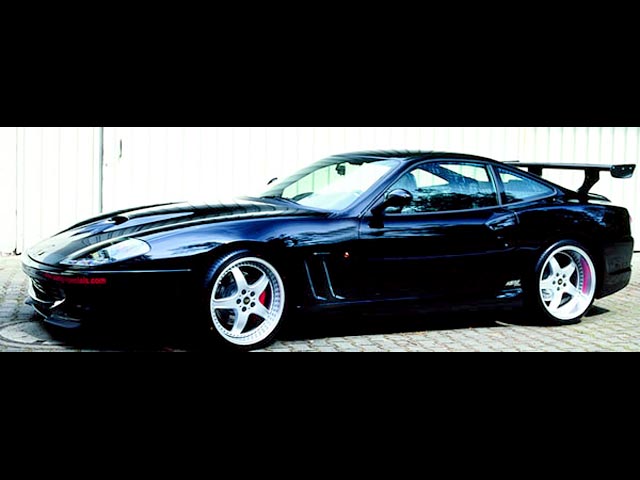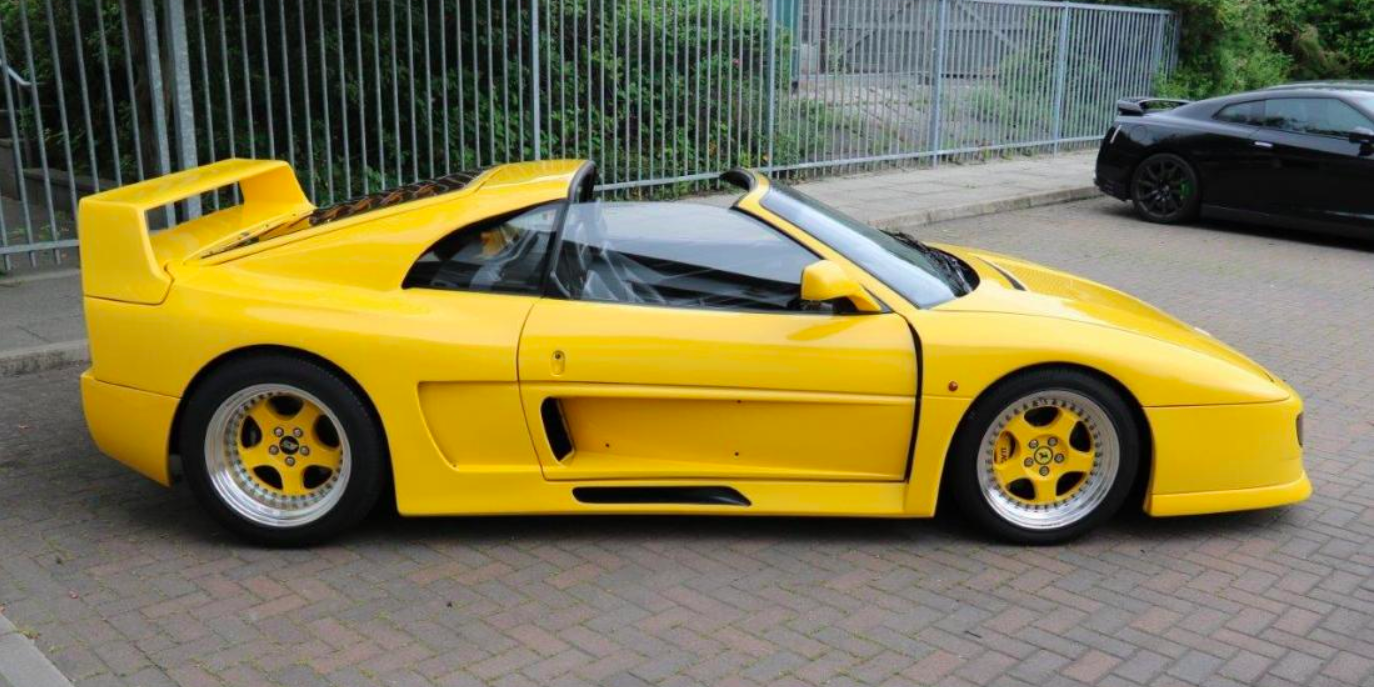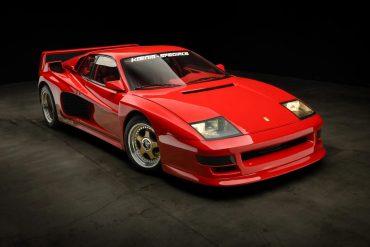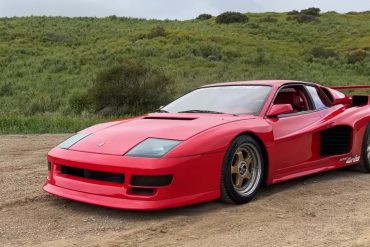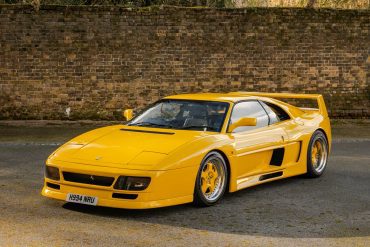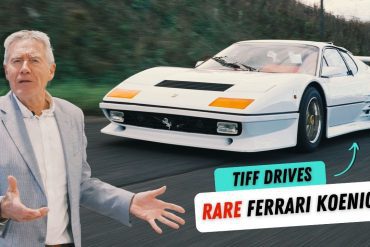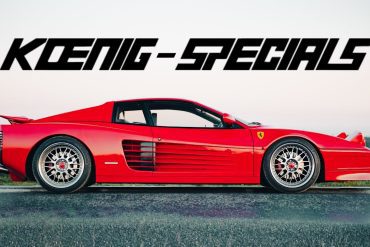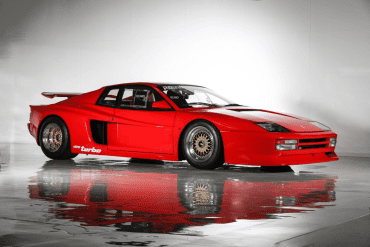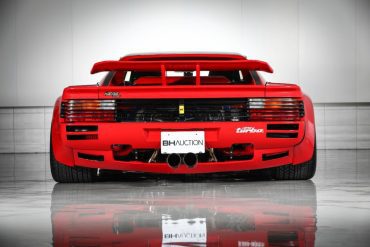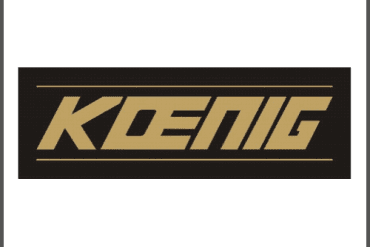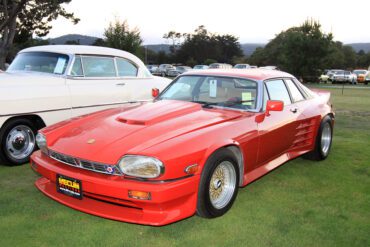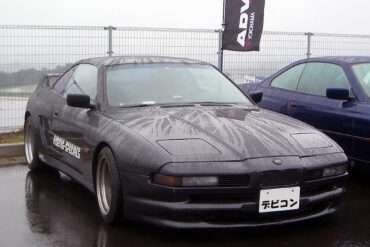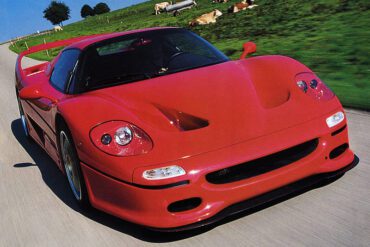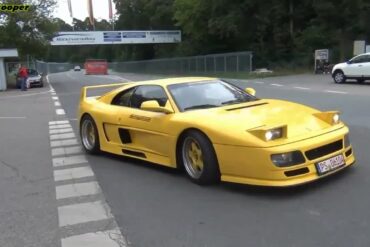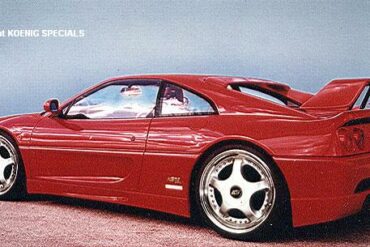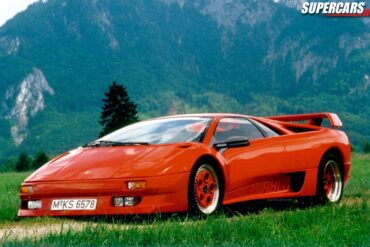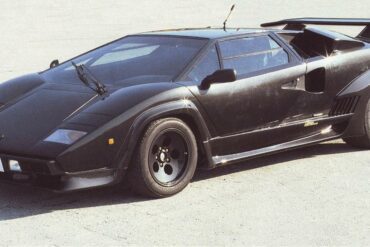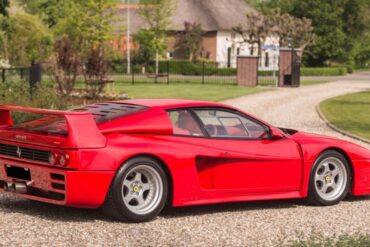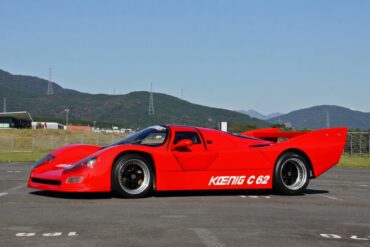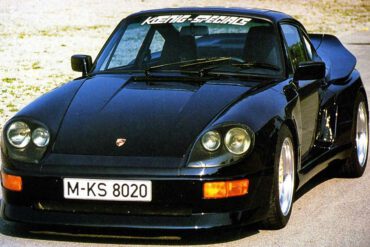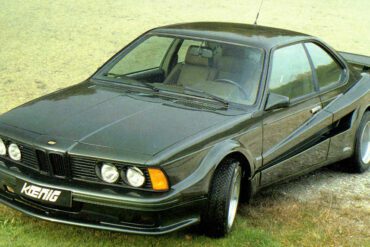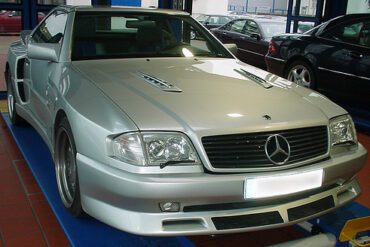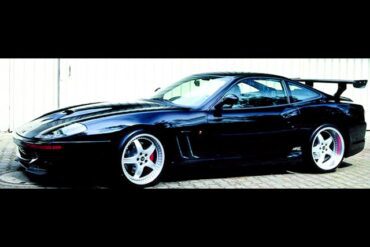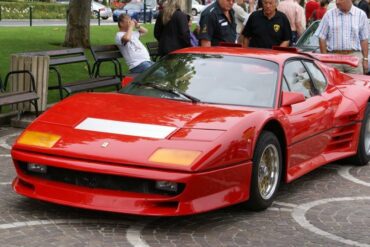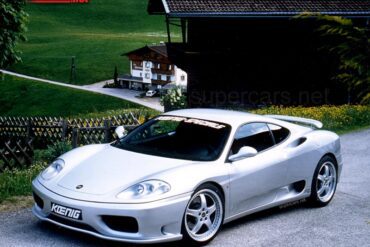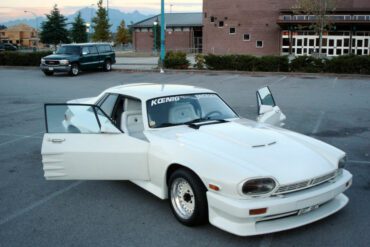1983 Koenig-Specials 512 BBi Turbo Right from the start, the philosophy of KOENIG-SPECIALS has been to built the ultimate in sportscars for the road, a synthesis of aerodynamics and design, with individual sporty or exclusive interior fittings and optimum driving characteristics, thanks to improved chassis, racing brakes, wide rims and...
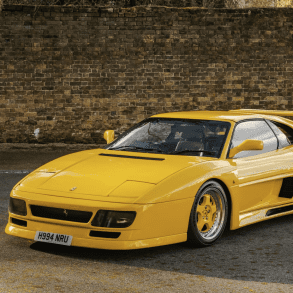
Koenig Specials: The Bold Innovators of Exotic Car Tuning
Koenig Specials is a name that has become synonymous with high-performance tuning and radical design modifications, particularly for luxury sports cars like Ferraris, Porsches, and Mercedes-Benz. Founded in the late 1970s, Koenig Specials rose to prominence in the 1980s and 1990s by transforming already powerful and exclusive vehicles into even more extreme, high-performance machines. This post explores the founding of Koenig Specials, its history, the iconic car models it produced, and the milestones that have defined its journey as one of the most audacious car tuners in automotive history.
The Founding Vision: Willy König and the Birth of Koenig Specials
Koenig Specials was founded in 1977 by Willy König, a German entrepreneur and former racing driver with a passion for speed and a flair for the extravagant. König’s experience in motorsport gave him a deep understanding of high-performance vehicles, and he saw an opportunity to apply this knowledge to the luxury car market. His vision was to create a tuning company that would enhance the power and aesthetics of high-end cars, making them faster, more aggressive, and more visually striking.
From the outset, Koenig Specials set out to push the boundaries of what was possible with automotive tuning. The company quickly gained a reputation for its extreme modifications, which often included significant engine upgrades, widebody kits, and bespoke interiors. This bold approach helped Koenig Specials stand out in the competitive tuning world and attract a clientele that sought exclusivity and performance.
The Evolution of Koenig Specials: From Ferrari Transformers to Tuning Icons
Koenig Specials’ rise to fame in the 1980s and 1990s is marked by a series of daring car modifications and a commitment to pushing the limits of performance and design:
The Early Years: Ferrari Transformations (1980s):
Koenig Specials initially gained attention for its radical modifications of Ferrari models, particularly the Ferrari 512 BB and Testarossa. The company’s first major project was the Koenig Ferrari 512 BB, which featured a twin-turbocharged engine that boosted its power output significantly beyond the stock version. This was followed by the Koenig Competition, based on the Ferrari Testarossa, which became one of the company’s most famous creations.
The Koenig Competition took the already powerful Testarossa and transformed it into a 1,000-horsepower beast, thanks to a twin-turbocharged flat-12 engine. The car’s aggressive widebody kit, massive rear wing, and aerodynamic enhancements made it instantly recognizable and set new standards for performance tuning.
Expansion Beyond Ferraris: Porsches, Mercedes-Benz, and More:
While Ferraris were the initial focus, Koenig Specials quickly expanded its portfolio to include other high-end brands like Porsche, Mercedes-Benz, Lamborghini, and BMW. Each car received the Koenig treatment: significant engine enhancements, widebody kits, and bespoke interiors. The Koenig Porsche 928, for example, featured a supercharged V8 engine and a widebody kit that enhanced both its performance and visual appeal.
The Koenig Mercedes-Benz models, such as the Koenig 560 SEC, were equally impressive. These cars featured dramatic body modifications, increased power outputs, and luxurious interiors that catered to clients looking for both performance and comfort.
Koenig C62: A Road-Legal Le Mans Car (1991):
One of the most ambitious projects undertaken by Koenig Specials was the creation of the Koenig C62 in 1991, a road-legal version of the Porsche 962 race car. The C62 featured a twin-turbocharged engine capable of producing over 800 horsepower, combined with a lightweight carbon fiber body and advanced aerodynamics. This car was a testament to Koenig’s commitment to bringing race car performance to the streets, and it remains one of the most extreme road cars ever produced.
Technical Innovations and Aerodynamics:
Koenig Specials was known for its technical innovations, particularly in aerodynamics. Many of the body kits designed by Koenig were not just for aesthetics; they were engineered to improve downforce and stability at high speeds. The company’s focus on aerodynamics was ahead of its time and helped set new standards in the tuning industry.
Luxury Meets Performance: Custom Interiors and High-End Features:
In addition to performance upgrades, Koenig Specials also offered extensive custom interior options. Clients could choose from a range of high-quality materials, such as bespoke leather, Alcantara, and carbon fiber trim. High-end sound systems, custom gauges, and other luxury features were also available, ensuring that each Koenig car was as comfortable and exclusive as it was fast.
Special Milestones and Achievements
Throughout its history, Koenig Specials achieved several significant milestones that have left a lasting impact on the automotive tuning world:
First to Turbocharge a Ferrari V12: Koenig Specials was among the first tuning companies to successfully turbocharge a Ferrari V12 engine, significantly boosting the performance of the Ferrari 512 BB. This innovation demonstrated the company’s technical expertise and willingness to push the boundaries of automotive engineering.
Extreme Power and Performance: Koenig Specials was known for creating some of the most powerful road cars of its time. The company’s modifications often resulted in cars with over 1,000 horsepower, capable of achieving top speeds that rivaled or exceeded those of factory-built supercars.
Influence on Modern Tuning: Koenig Specials set a precedent for modern car tuning by combining extreme performance enhancements with luxury and style. The company’s approach to tuning has influenced a generation of car enthusiasts and tuning companies, who continue to push the limits of what is possible with performance and aesthetics.
Aesthetic Boldness and Polarizing Designs: The bold aesthetic choices made by Koenig Specials, including widebody kits, massive spoilers, and unique color schemes, have become iconic in the tuning world. While not everyone appreciated the aggressive styling, it ensured that Koenig cars stood out and made a statement.
The Enduring Legacy of Koenig Specials
Koenig Specials’ legacy is one of innovation, bold design, and a relentless pursuit of performance. The company’s approach to car tuning—combining extreme power with luxury and bespoke features—set new standards in the industry and earned it a loyal following among car enthusiasts and collectors. Although the company’s heyday was in the 1980s and 1990s, its impact on the tuning world remains significant, and its cars continue to be celebrated for their unique blend of style and performance.
Today, Koenig Specials is remembered not just for the cars it created, but for the bold vision that Willy König brought to the automotive world. The company’s legacy lives on in the continued fascination with high-performance tuning and the desire to push the boundaries of what is possible with luxury sports cars.
Koenig Specials Basics
Founded: 1977
Founder: Willy König
Headquarters: Munich, Germany
Key people: Walter König, Oliver König
Did You Know
Koenig Specials was founded in 1977 by Willy König, a former German racing driver. König's passion for motorsport and performance cars heavily influenced the company's focus on creating high-performance, visually striking vehicles.
Koenig Specials became famous for significantly increasing the power output of the cars they tuned. They often added turbochargers or superchargers to engines, resulting in dramatic horsepower gains. Some of their tuned Ferraris, like the Koenig Competition, boasted power outputs exceeding 1,000 horsepower, making them some of the fastest cars of their era.
One of Koenig Specials' signature modifications was the installation of widebody kits, which gave the cars a much more aggressive stance. These kits often included widened fenders, larger air intakes, and custom spoilers, dramatically altering the car's appearance and improving aerodynamics.
One of the most famous Koenig Specials models is the Koenig Competition Evolution, a heavily modified version of the Ferrari Testarossa. This car featured a twin-turbocharged engine, delivering up to 1,000 horsepower, and was capable of speeds exceeding 220 mph, making it one of the fastest road cars of its time.


